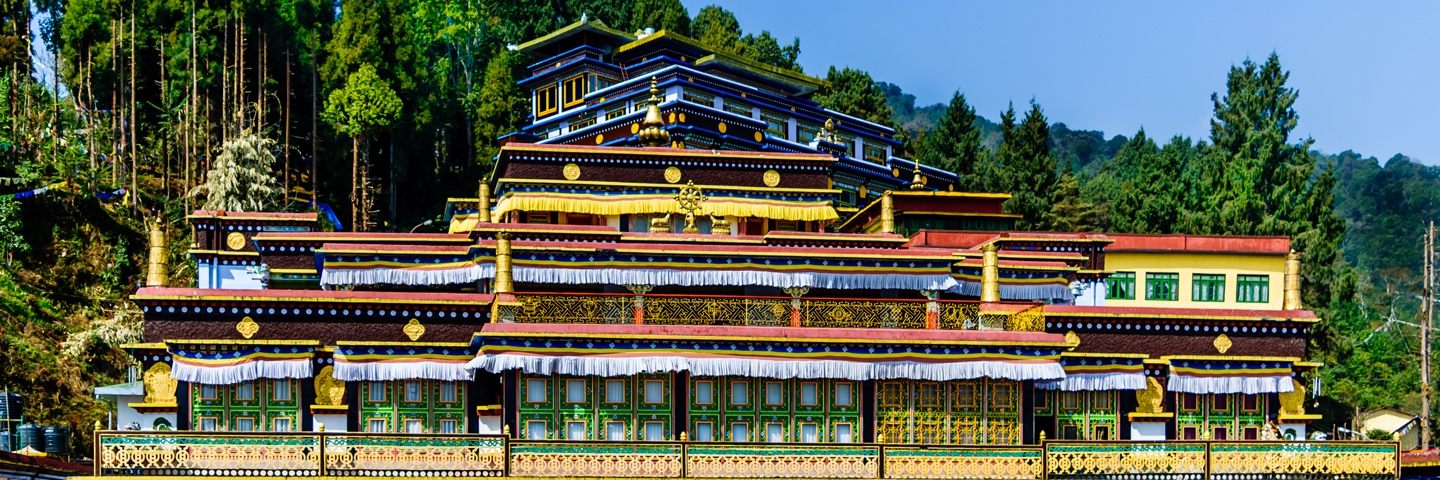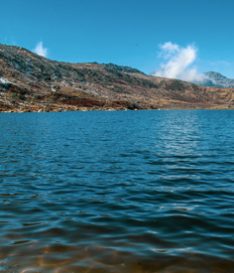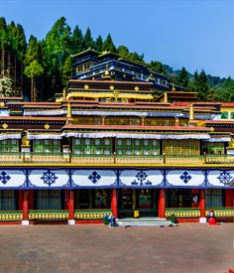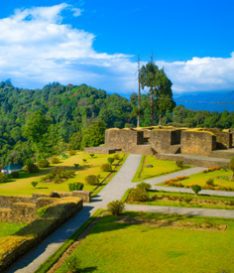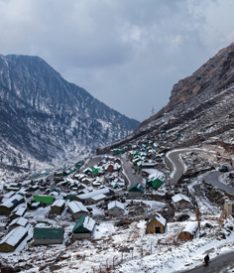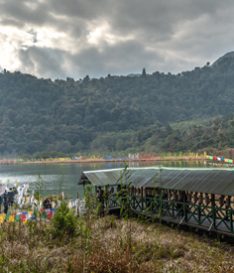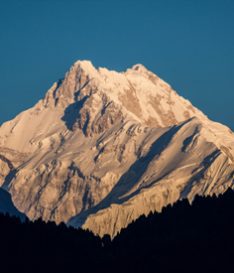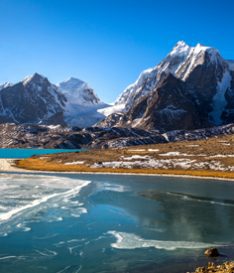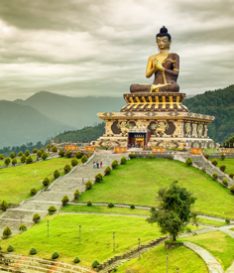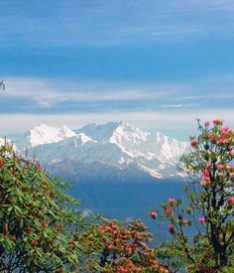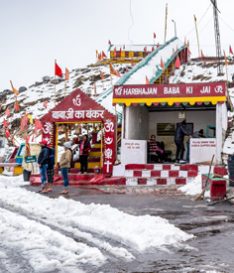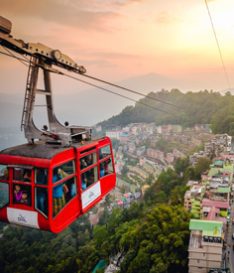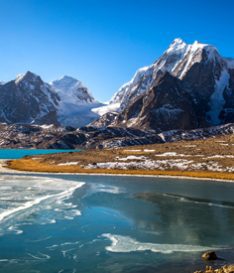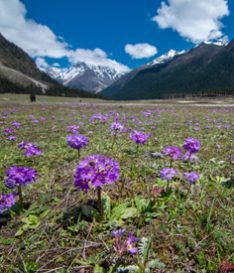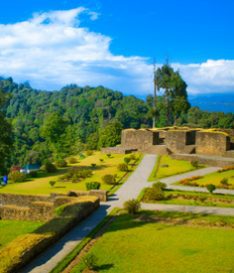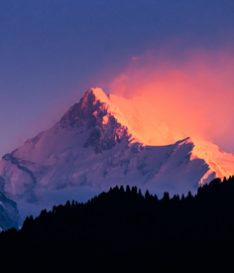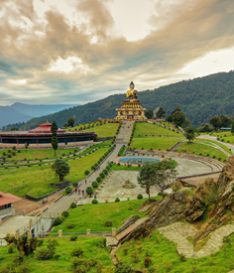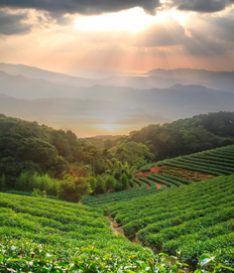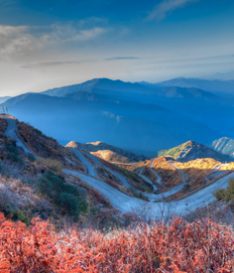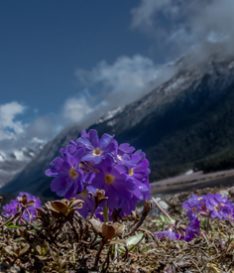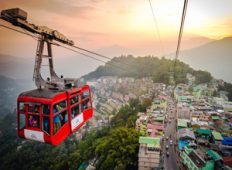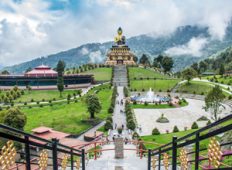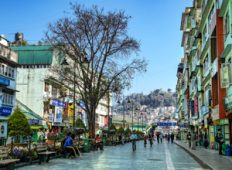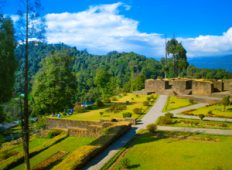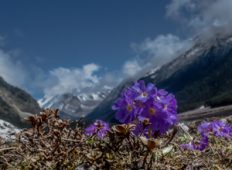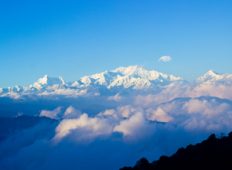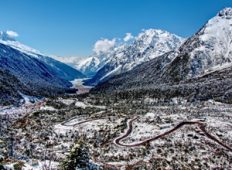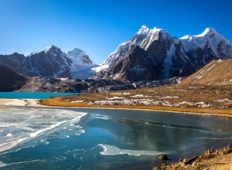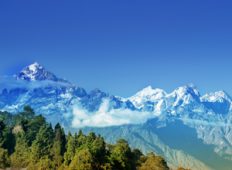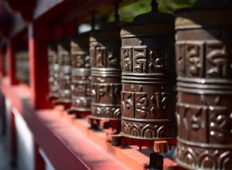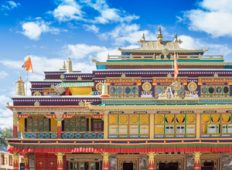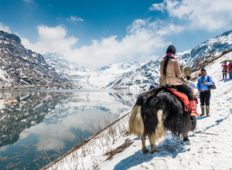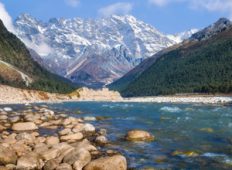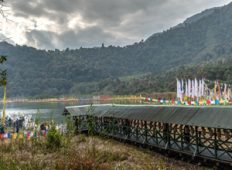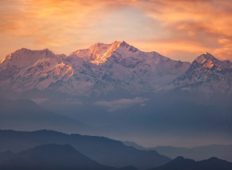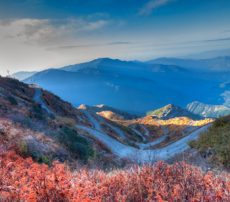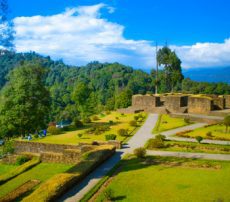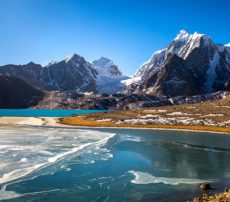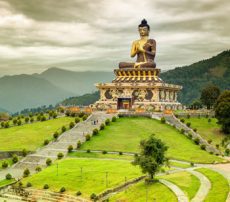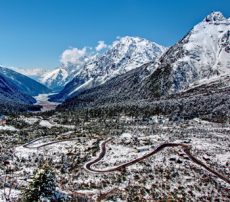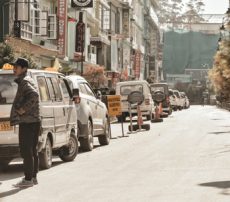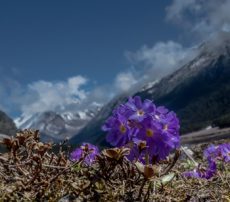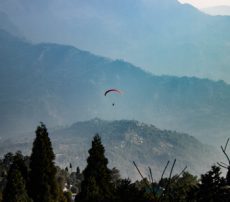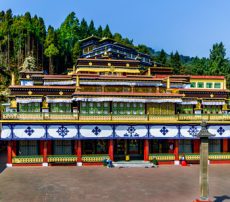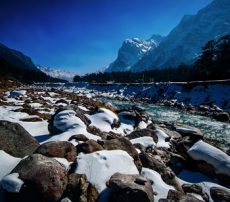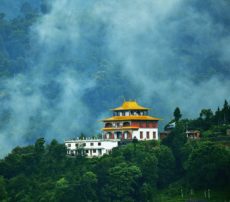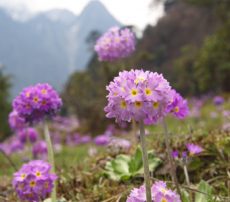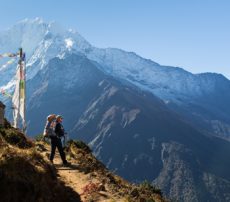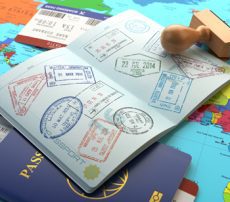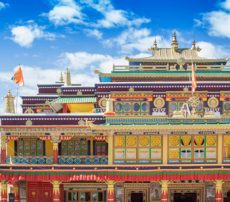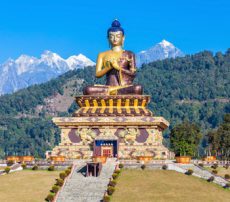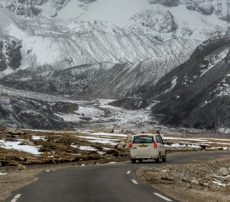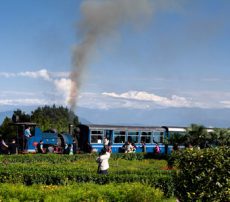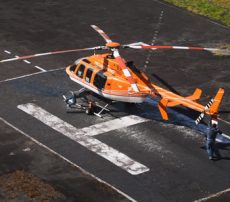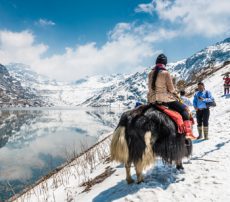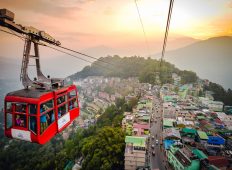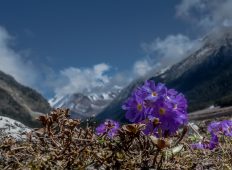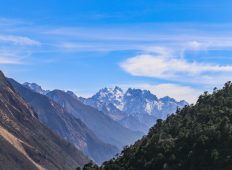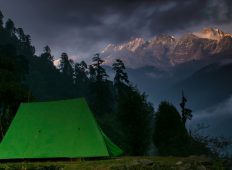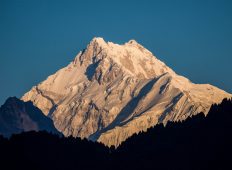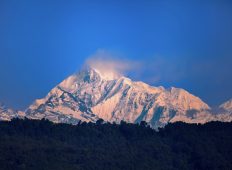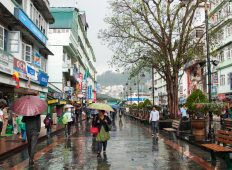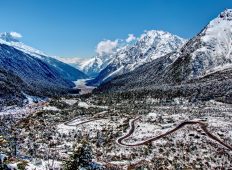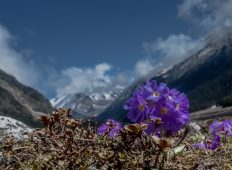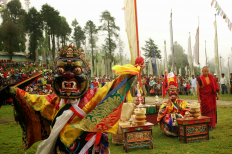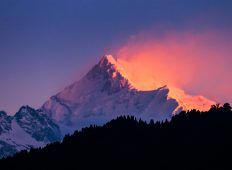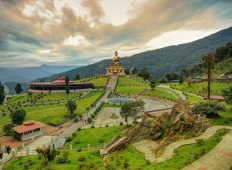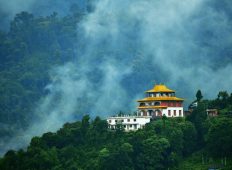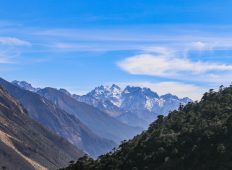RUMTEK GUIDE
Why Should I Go
The earthy smell of incense wafts through the crisp mountain air as it reverberates with the sound of gongs. Little monks faithfully chant hymns in the cavernous prayer hall while the older ones go about their daily chores in the monastery’s living quarters. Rumtek, apart from being the largest monastery in the Himalayan state of Sikkim is also one of the most venerated. The monastery, perched on a hill facing Gangtok offers a brilliant view of the city and the surrounding mountains. Built in the 1960s, the monastery is the main seat of the Black Hat or the Karma Kagyu, a sect within the Nyingma school of Buddhism that originated around the 12th century in Tibet.
The gompa, an epitome of Tibetan architecture, was designed by the 16th Karmapa, Rangjung Rigpe Dorje himself based on his memories of the Tsurphu Monastery of Tibet, the original headquarter of the Black Hat order. Tsurphu was completely destroyed by Chinese authorities in 1966.
The façade of the main temple—elaborately covered with ornate latticework in wood and painted in vibrant colours that are characteristic of sacred Tibetan art— overlooks a sprawling courtyard. The prayer hall is adorned with intricate murals depicting Buddhist masters, demons and dakinis while brilliantly-painted thangkas festoon its walls. Behind the main temple is The Karma Shri Nalanda Institute of Buddhist Studies, one of the grandest and busiest structures in the monastery complex. Monks spend nine years studying the doctrines of Mahayana Buddhism here. It also functions as their living quarters, kitchen and dining area. The ashes of the 16th Karmapa are also preserved here in a gilded stupa.
How Do I Get There
Rumtek Monastery, about 24 km away from the capital, makes for a fulfilling day-trip from Gangtok. Hire a taxi or take a shared one from the Taxi Stand at Deorali. There is also a bus service available. The monastery is open to visitors every day between 6 am to 6 pm for a minimal entry fee. The taxi will drop you to a point about half a mile away from the monastery from where it is an uphill climb.
When Should I Land Up
The monastery celebrates a number of festivals every year:
Lhosar or the Tibetan New Year is celebrated annually around February with great pomp and joy for three consecutive days.
Just two days before Lhosar, the week-long Mahakal Puja is performed with ritual Cham performances using elaborate masks and life-size statues of Mahakal, Mahakali and Dorje Drugpa.
Every year on Saga Dawa around May/June, the anniversary of Buddha’s enlightenment, the monks of Rumtek along with devotees perform the Dungdrub Puja where they chant one million mantras to pray for world peace and compassion amongst human beings.
Around the same time every alternate year, the Vajrakilaya Festival is celebrated in honour of Guru Padmasambhava, the founder of the Nyingma sect. It is accompanied by performances of Lhamo, a fascinating form of Tibetan folk theatre accompanied by songs and masked dances.
On June 26, the 17th Karmapa’s birthday is celebrated with sacred dances and other cultural programs.
Sikkim is usually best visited around spring (March to June) and autumn (September to October)
In Folklore
The legend of the Black Hat order of the Kagyu sect goes back to ages ago when the Karmapa—on attaining a certain form of enlightenment—was presented with a hat made from the hair of a hundred thousand dakinis (female deities). It is said that the hat contains the power of flight because of which it is encased in a box. Many believe that the magical hat is preserved at the Rumtek Monastery.
Travel Tips
Wear comfortable shoes. Take permission before taking photographs. There are certain sections of the complex where photography is prohibited. And most importantly, respect the sanctity of the place.
Get Instant Call Back
Why Choose us ?
What makes us diffrent from other tour package companies

